
“I was a student at the tech college here, and I had used the crossing for about a year,” said Lucy Ruck.

“I was a student at the tech college here, and I had used the crossing for about a year,” said Lucy Ruck.
“You get a bit complacent about this stuff, don’t you? You don’t really see the dangers.”
Farnborough North is on the North Downs line, which connects Reading with Gatwick. Until a month ago, the level crossing was the only way across the tracks.
Lucy had got off her train, which was about to depart, heading away from the crossing.
“What we didn’t see, because the view was blocked by our train, was a fast train coming from the other direction.
“The first thing I saw was the train right in front of my face. It had red, white and blue stripes on the front, not the green of today’s Great Western. And the stripe was right there in my face. I threw myself back. My left leg went behind me. My right leg slipped in front. It went under the train.
“The train amputated it, and they found my right leg half a mile up the track.”
Lucy spent two months in nearby Frimley Park Hospital. She then moved to Roehampton to learn how to walk again.
“They got my boots back, and gave them to my mum in a blood-spattered carrier bag.
“I was really lucky to survive. ‘Losing a leg’ sounds really careless, doesn’t it? The accident happened in the October, and I was back home with a leg for Christmas.
“I still think it’s bizarre. It makes quite a good life story. It is shocking, and part of me quite likes that. Is that bad? It shaped my future, because I now work for an organisation that helps businesses treat disabled people properly.”

Lucy now lives in Cheshire, but she supported a local campaign for a bridge at Farnborough North, and returned to see the completed bridge and to speak to RAIL.
“I wanted to be on the inside, telling the story of why a bridge needed to be built. On the day I had my accident, I wasn’t being particularly reckless. I was just being complacent and not giving the crossing my full attention.
“I can’t imagine why there wasn’t a bridge long ago. It was such a dangerous situation here, and that goes for anywhere else where passengers have to cross the tracks.
“We need to rethink the dangers - especially with mobile phones. They’re attached to our hands all the time. We don’t look up. We don’t look around.
“Why do people still have these accidents, despite all the education campaigns? I think it’s the difficulty of finding people to tell their stories. Either they have near misses, and they shrug them off as a lucky escape. Or they’re dead.”
Lucy was talking to RAIL as Network Rail launched a new campaign highlighting the dangers of being distracted at level crossings.
Over the past four years there have been 1,574 reported near misses, with the number of incidents from April-May increasing by an average of 16% during that time.
The survey of 2,000 people by One Poll, during March 2025, found a “lack of caution” around level crossings, with one in three people admitting they are more careful when crossing roads than at one of the UK’s 6,000 level crossings.

Young people are most distracted, with 87% Gen Z (born after 1996) and 70% of Millennials (born 1981-96) admitting to mistakes, compared with 22% of older people.
“The bridge here at Farnborough North has been many years in the making,” said Network Rail’s Wessex Route Infrastructure Director Tom McNamee.
He told RAIL: “It’s very difficult to close a crossing. We had to work with various councils and authorities to get the consent to do this. It has cost us about £10 million. In my view, £10m well spent.”
Farnborough’s Sixth Form College and its College of Technology are both within walking distance of the station.
Residents had been demanding a bridge for decades. In recent years, it had become one of only three pedestrian crossings in the country that were so dangerous they had to be staffed whenever trains were running.
“It was high risk because of the number of users and their vulnerability. A lot of children use it, and it was being misused,” said McNamee.

Railway staff continue to tidy up the bridge building work on the platforms. Although it has not formally been opened, pedestrians started using the bridge on March 28, and the crossing gates were padlocked the same day.
Until the bridge was completed, all rail passengers used the crossing to get from one platform to the other.
The crossing is still able to open for vehicles reaching nearby recreational fishing lakes. Lake staff have a padlock key, and they have to phone the signaller before being allowed to cross once an hour, calling the signaller again afterwards to confirm that the gates have been locked.
“There have been lots of safety campaigns, but the number of incidents at level crossings is still going up,” McNamee admitted.
“We will continue to close them when we can. But lots of these crossings don’t have an alternative way round, and lots of people have an interest in using the crossings.”
Gemma Briggs, professor of applied cognitive psychology at the Open University, studies the impact of distractions on daily lives.
“While you may feel able to multi-task when using your phone, research shows you can fail to notice hazards which happen right in front of you,” she said.
“You don’t notice because your mind is on your phone, and your attention is spread too thinly.
“This ‘inattentional blindness’ is particularly problematic in safety-critical situations such as at level crossings.”
Login to continue reading
Or register with RAIL to keep up-to-date with the latest news, insight and opinion.

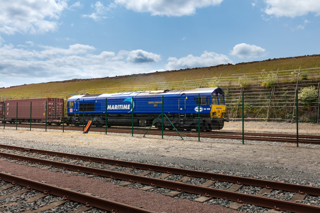
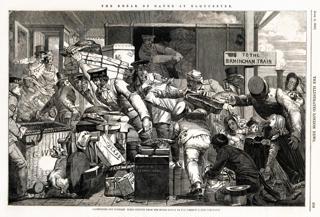
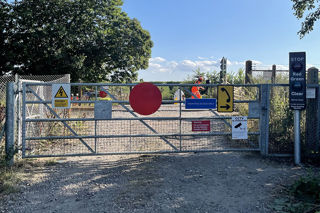
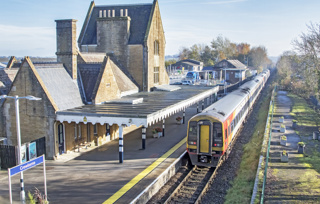
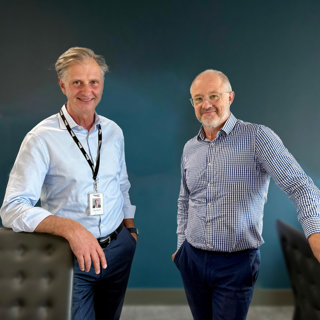

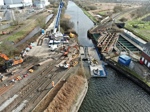









Login to comment
Comments
No comments have been made yet.